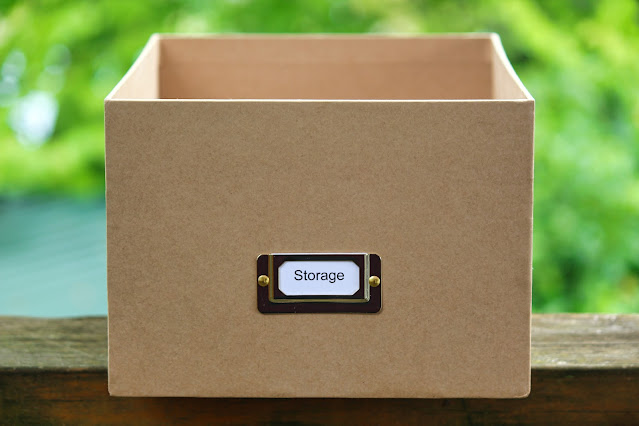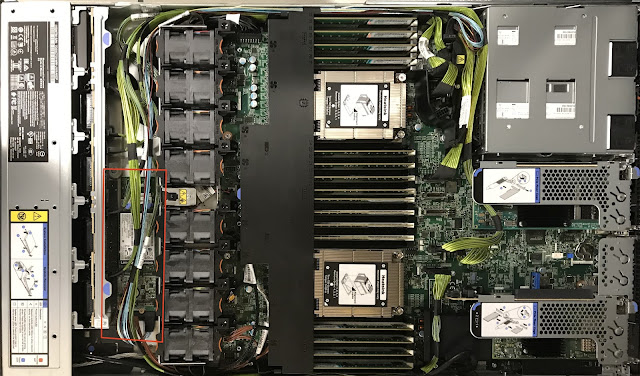New Storage Server Options in Spectrum Fusion HCI 2.4
On December 15, the new 2.4 version of IBM Spectrum Fusion HCI was released. From a system hardware perspective, the most significant change in this release is the availability of powerful new storage servers. The new storage servers have a total of 64 cores (128 threads) of processing power that comes from two AMD EPYC 3 7543 processors. To support the applications using all these cores, there is 1024GB of RAM in each server, which works out to be 16GB/core. While it's true that such 64-core servers were already available for Spectrum Fusion HCI, what is different now is that these servers come with a minimum of two Samsung 7.68TB PM1733 PCIe Gen 4 NVMe drives. And they can be expanded to have up to 10 of these drives.
With these new storage servers come new options for creating the base storage cluster in the system. Previously, because there was only one storage server configuration available, there was only one way to build the base storage cluster and that was with six 32-core servers:
But with the new storage server option, it is possible to exchange some 32-core servers in this base cluster for 64-core servers. To begin, let's leave the three OpenShift control plane nodes as 32-core servers and upgrade the worker nodes. The control plane nodes are considered infrastructure nodes and they don't run any user applications, so putting the power of the 64-core servers onto the control plane doesn't make sense if no user applications will run there. The result is a mixture of 32-core and 64-core servers with the worker nodes now being 64-core servers:
With this mixture of 32-core and 64-core servers, we now have a base storage cluster with more than 2.5x the number of cores available for user applications in the worker nodes that are now 64-core servers! That's a significant upgrade.
The third available base cluster configuration goes all-in on the new 64-core servers, using 64-core servers for the three control plane nodes and the three worker nodes:
For this fully 64-core server configuration to be worthwhile, the control plane nodes must now run user applications otherwise the additional cores and RAM on those nodes would go to waste. OpenShift licensing considerations come into play with user applications now running on the control nodes. Whether this third base cluster configuration is cost-effective will depend on your OpenShift licensing situation and the license agreements of the user applications running on these control plane/worker nodes.
With more flexibility in configuring the base storage cluster using servers with high-density compute power, IBM Spectrum Fusion HCI systems can now be applied in even more situations.
Previous post: Upgraded Compute Power for IBM Spectrum Fusion HCI
Next post: Energizing IBM Spectrum Fusion HCI







Comments
Post a Comment